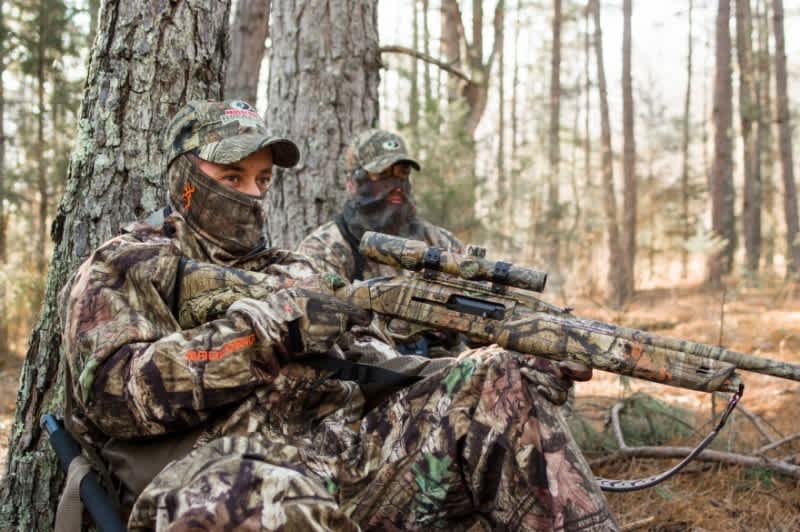Harold Knight on Hunting Smart Old Turkeys
OutdoorHub Reporters 04.23.16

Many years ago, I met two guys – one was a farmer and the other a barber. These hunting buddies started making and selling turkey and goose calls and eventually became Knight & Hale Game Calls. When the time came to introduce my son to turkey hunting, I asked Harold Knight to take my 10 year-old son John hunting and call up a turkey for him. I’ve never seen a little boy happier or prouder than my son when he brought in a turkey that was almost as big as he was. Today, Knight of Cadiz, Kentucky, will tell us about the toughest turkeys he’s hunted.
Question: Harold, what’s the toughest turkey you’ve ever taken?
Knight: A turkey that’s been shot at and missed about three times is tough to take at the end of the season.
Question: How do you hunt that turkey?
Knight: You don’t call to him very much. Instead, when you hear him gobble, try to get in front of him, and let him walk to you without calling to him. If you hunt him in the afternoon when he’s out in a field, determine from which direction he’ll walk off of that field. Then get in front of that gobbler, and let him walk to you.

Calling in a turkey that’s been shot at and missed several times is almost impossible. But the late Ben Rodgers Lee, an old friend from Coffeeville, Alabama, always said, “There are some turkeys that if you call to them, you won’t kill them, and if you kill them, you won’t call to them.” And that’s the absolute truth. I’ve had the opportunity to work with and hunt with Ben. He was ahead of his time when it came to turkey hunting. Taking a turkey that’s been called up and missed can be difficult. At the first of the season, a 2 year-old gobbler will come to almost any type of calling. But if you call that turkey, shoot at him and miss, or scare him when he’s coming in close to you, that 2 year-old gobbler instantly becomes a 5 year-old gobbler with a PhD in hunter dodging. He’s now a highly-educated turkey, even though he’s only 2 years old.
Question: What’s another tough turkey to hunt?
Knight: One of the toughest turkeys to take for me is a gobbler in a big flock of hens. At the first of the season, you often will see two to three gobblers in a flock of 20 to 30 hens. Those gobblers will stay with those hens. Any one of those gobblers will be tough to call away from those hens.
Question: How do you take that turkey?
Knight: I do a lot of calling. You can get away with a lot of calling at the start of the season. I try to get those hens to come in my direction. If I can get several of those hens coming toward me, then one of the gobblers usually will follow those hens.
 Question: When the gobblers are coming in, how do you keep the hens from seeing you?
Question: When the gobblers are coming in, how do you keep the hens from seeing you?
Knight: I wear Mossy Oak camouflage from head to toe, and even my gun’s camouflaged. Also, I sit as still as possible. If you make the least amount of movement, and one of those hens sees you, she will putt, and all the hens and the gobblers will be gone.
Question: What’s another hard turkey to take?
Knight: A 4 to 5 year-old gobbler is tough, because he’s been around the block, heard every turkey call made and knows every trick a hunter will try to play on him in the spring. That gobbler probably won’t come within gun range unless he sees the hen first. When hunting this type of turkey, set up in a place where that turkey can’t see a long distance, preferably where the turkey has to come over the top of a hill to see the hen on the other side or come around a big brush pile to spot the hen. If the gobbler can see 100 yards, he knows that hen can see him and should come to him, rather than waiting on him to come to her. So, he’ll wait.
Click here to read part one of this series of tips from turkey hunting experts featuring an interview with Will Primos. To read part three of this series, an interview with Chris Parrish, click here.

